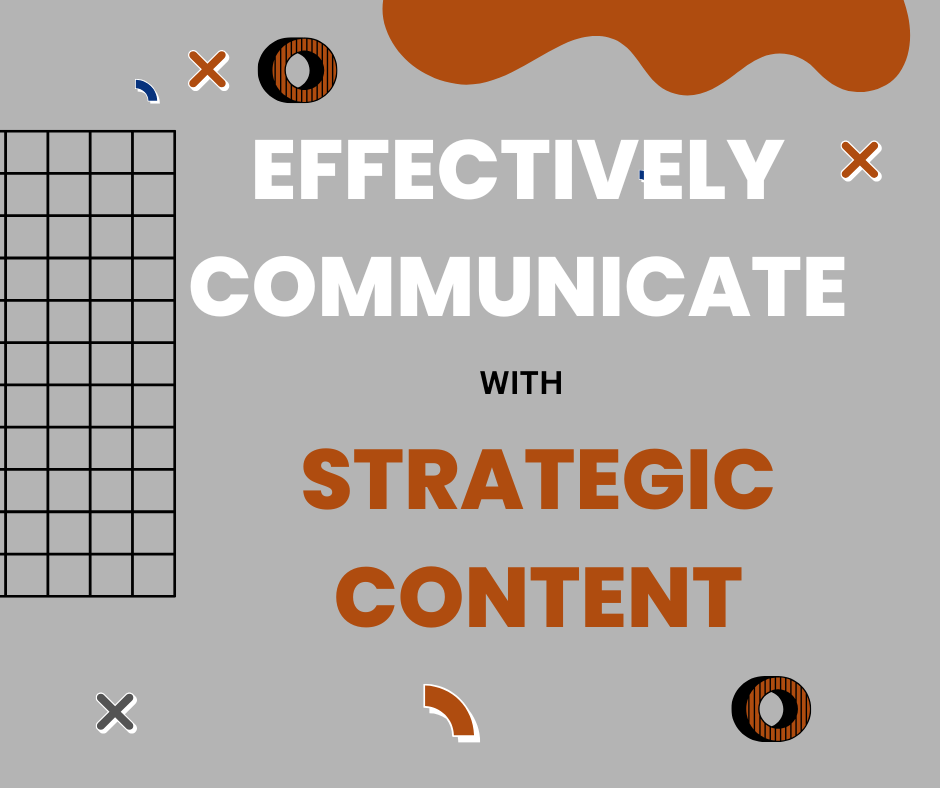Why Cutting Your Marketing Budget Could Cost You More in the Long Run
- skconsulting911
- Sep 9
- 3 min read
When businesses and non-profits feel the stretch of the dollar and their bottom line is under pressure, the first instinct is often to cut the marketing budget. Many view marketing as the easiest line item to slash — but it can be the hardest to recover from. During a recession, post-pandemic recovery, or any economic downturn, the worst thing a business can do is go dark. Saving a little now could cost you a lot later.

Today, marketing is no longer just about ads and campaigns. It’s about intelligent, data-driven decision-making powered by AI, real-time market analysis, and agile strategies like A/B testing to optimize every dollar spent. Cutting this vital function can leave you vulnerable — while your competitors innovate, connect, and grow.
Before you make that cut, consider the following:
1. What if your competitors don’t cut their marketing?
If you scale back but they don’t, your brand visibility drops while theirs stays strong — or even grows. Competitors using advanced tools like AI-driven audience targeting or predictive analytics can quickly fill the gap you leave behind. Marketing isn’t just about being seen; it’s about staying top-of-mind in a crowded, competitive landscape.
2. Your customers will support you — if you market with purpose
Even in tough times, your return on marketing investment (ROI) can remain strong if your messaging is relevant and authentic. AI and customer insights allow you to segment audiences, personalize outreach, and nurture relationships at scale. Your focus may shift from rapid growth to loyalty and trust-building, but that doesn’t mean your marketing should stop — it means it should evolve.
3. Marketing is more than advertising — it’s your intelligence hub
A skilled marketing team does more than promote your brand. They use market analysis, customer behavior data, and A/B testing to find what resonates and pivot quickly when conditions change. As we saw during COVID-19, businesses that adapted their messaging — with empathy, transparency, and consistency — weathered the storm better than those that went silent.
4. Silence can feel like abandonment
When your brand disappears from the conversation, your customers start to wonder: “Are they still around?” Consistent marketing — even if scaled down — keeps your customers informed, engaged, and reassured. AI-driven tools can help you communicate smarter, not louder, by identifying the right channels and timing.
5. A downturn may be the best time to launch something new
It may feel counterintuitive, but economic slowdowns often create opportunity. With fewer competitors launching, you have more room to stand out. Marketing teams can use data modeling to test concepts, run A/B-tested campaigns, and negotiate lower media rates while others hold back.
6. Cutting now delays your recovery later
Scaling back marketing creates a gap in your visibility and pipeline that takes significant time — and money — to rebuild. With modern marketing analytics, you can identify lean, high-impact channels to maintain your reach without overspending. Businesses that sustain smart marketing during downturns rebound faster and stronger.
7. Marketing aligns your business goals with market realities
Your marketing team doesn’t just execute campaigns; they guide your strategy based on data and trends. They can use AI tools to forecast demand, test pricing models, and refine positioning — helping you hit your goals even when the economic outlook is uncertain.
Talk strategy before you make cuts
Cut the panic, not the budget. Analyze where your marketing dollars are working hardest and where they can be optimized with better tools and smarter execution. A strong marketing team armed with AI insights, ongoing testing, and a pulse on the market can help you adapt — and even thrive — in challenging times.
Your marketing isn’t an expense; it’s an investment in your resilience. Trust your team, challenge them to innovate, and they’ll help you navigate downturns with your brand, your customers, and your bottom line intact.




Comments